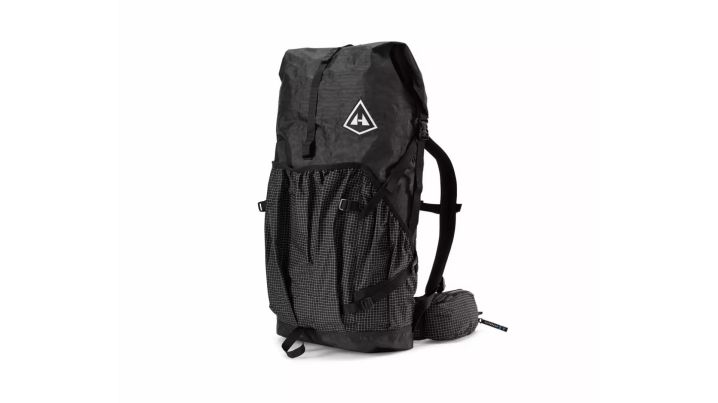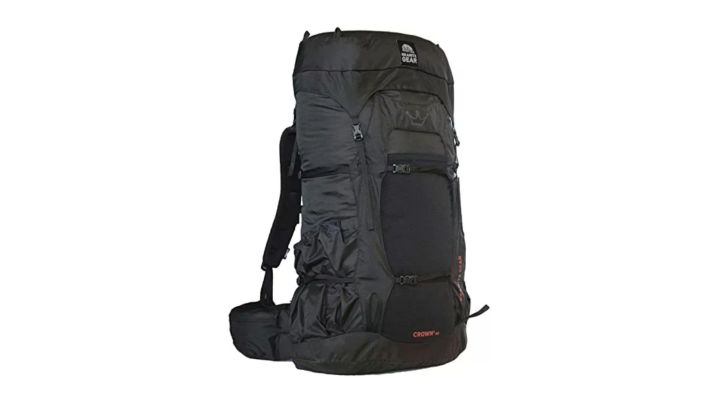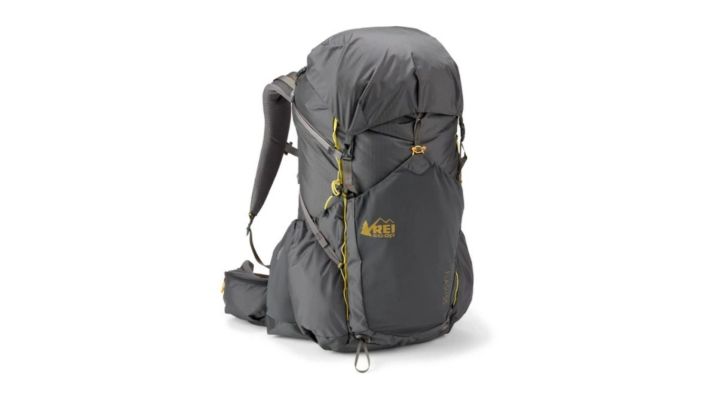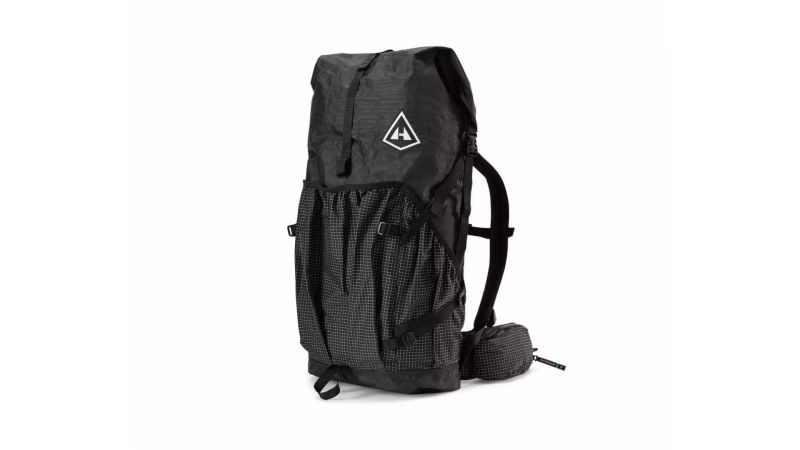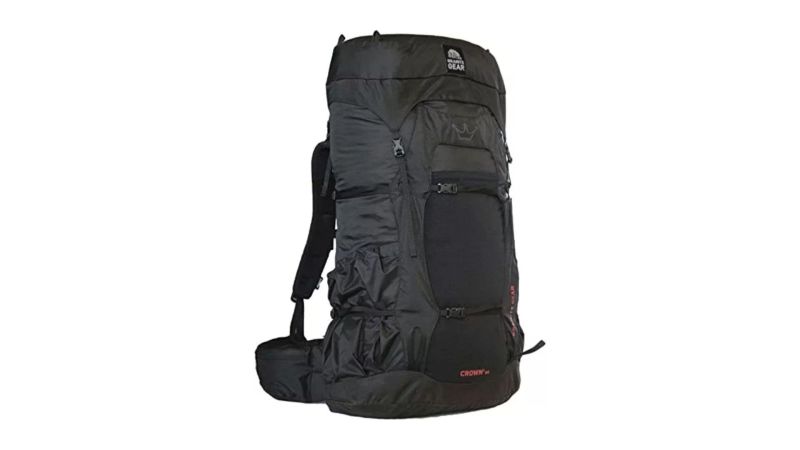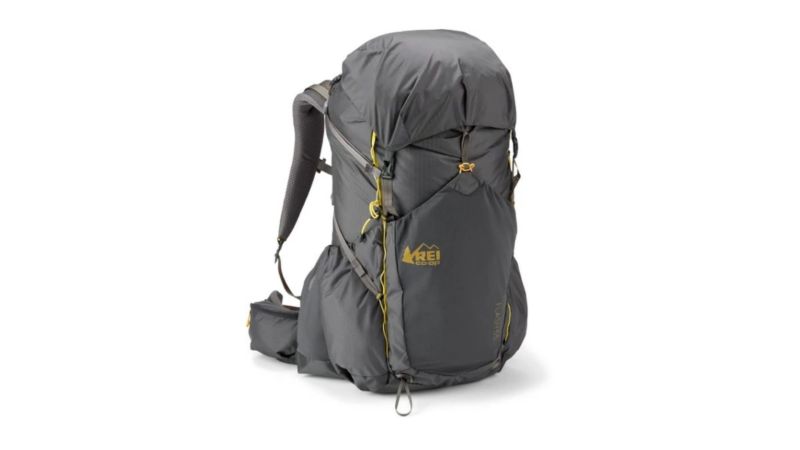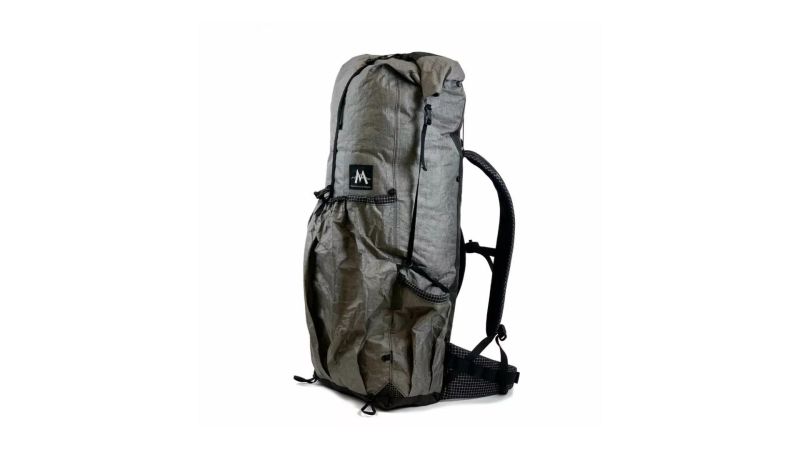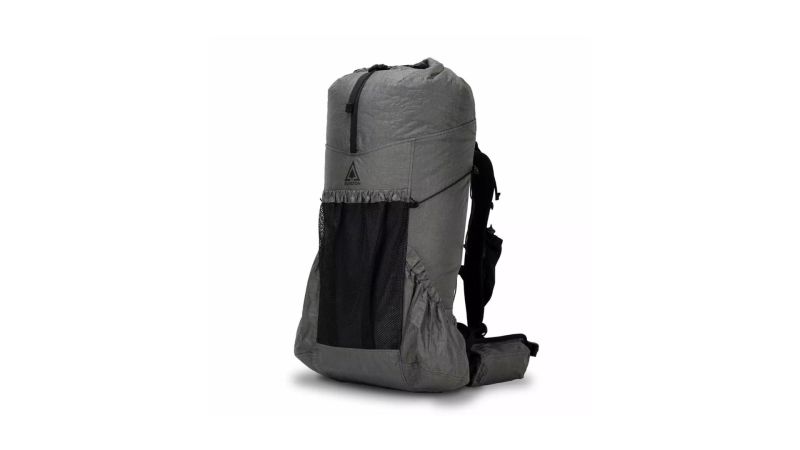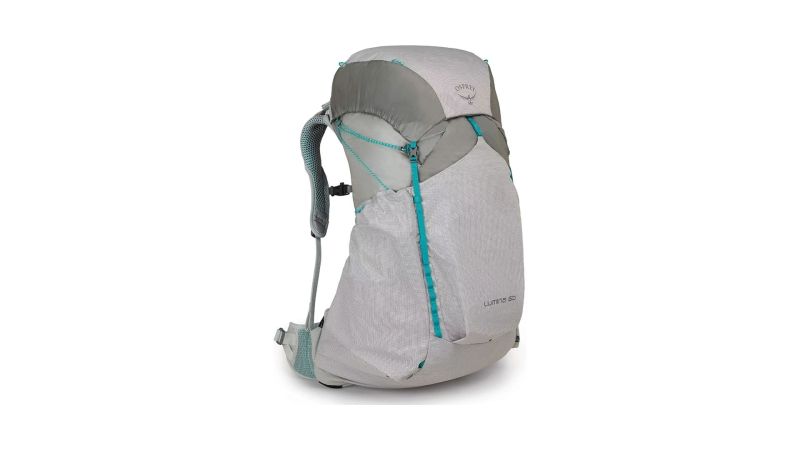We may earn revenue from the products available on this page and participate in affiliate programs.
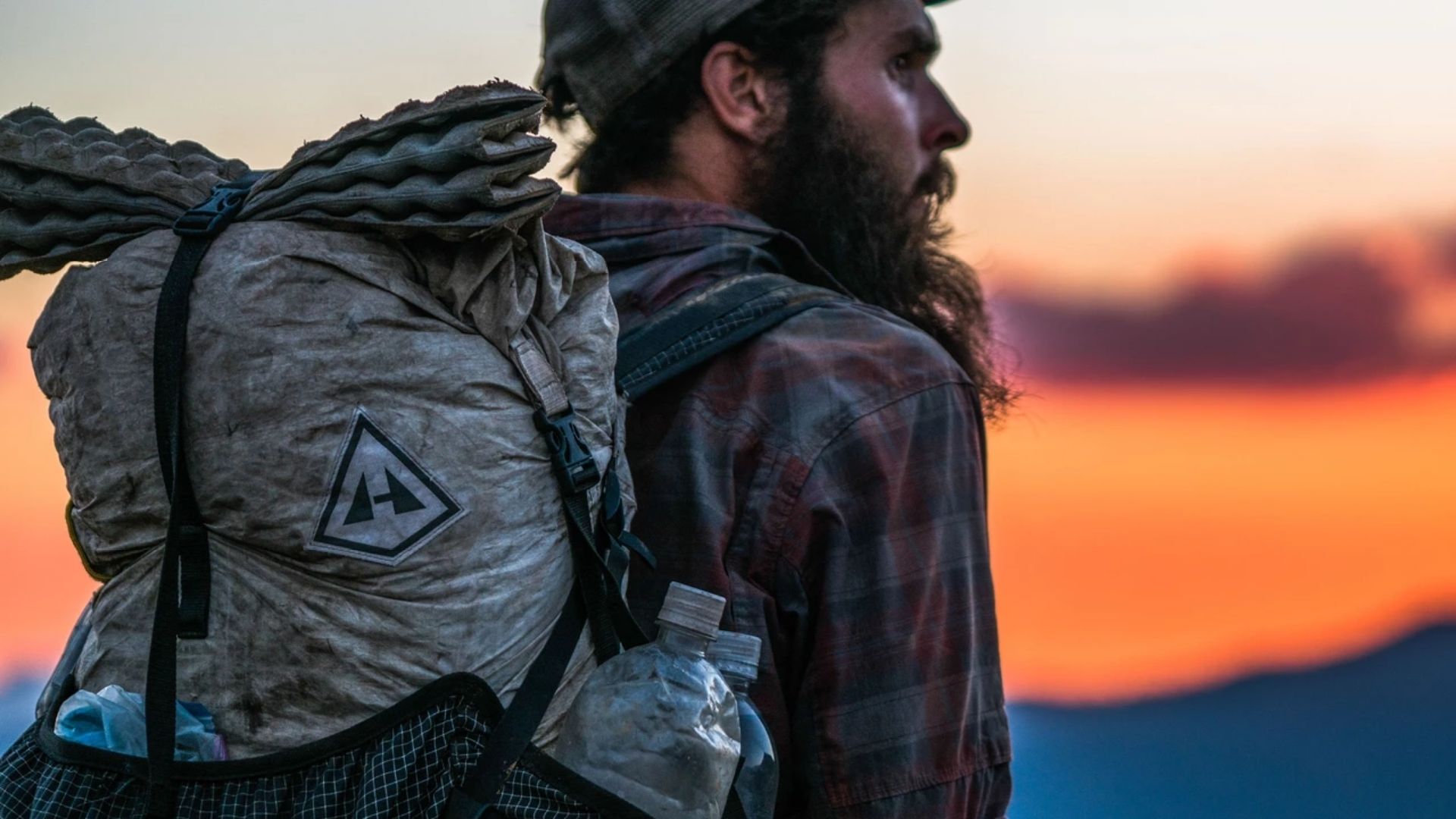
For most backpacking enthusiasts, there’s an art to dialing in your gear for whatever adventure you’ve got planned, but for the ultralight backpacker, it’s a science. Every ounce carried onto the trail counts, and that starts with the backpack itself. That’s why it’s vital to do your research to find the top ultralight backpacks.
While most ultralight backpacks share common features with the more “standard” backpacks out there, there are some key differences to keep in mind. Some have frames, and some don’t. If you’re determined to keep your ultralight backpacks under two pounds, then you will almost definitely have to sacrifice features. And obviously, they’re lighter, but just how rugged can they be? We’re here to help you find the best ultralight backpacks on the market.
- Best Overall: Hyperlite Mountain Gear 3400 Southwest
- Best Budget: Granite Gear Crown2 60
- Best Eco-Friendly: REI Co-op Flash 55
- Best Frameless: Mountain Laurel Designs Exodus 55L
- Best Men’s: Durston Kakwa 40
- Best Women’s: Osprey Lumina 60
Best Overall
Hyperlite Mountain Gear 3400 Southwest
Best Budget
Granite Gear Crown2 60
Best Eco-Friendly
REI Co-op Flash 55
Best Frameless
Mountain Laurel Designs Exodus 55L
Best Men’s Ultralight
Durston Gear Kakwa 40
Best Women’s Ultralight
Osprey Lumina 60
Things to consider before buying an ultralight backpack
The important thing to think about before purchasing an ultralight backpack is to make sure that’s really what you want. Ultralight gear is almost always high-quality, but it’s different from a traditional backpack and very different from, say, a rucksack (speaking of, here are some great rucking backpacks). I’ve read a lot of customer reviews of ultralights, and I couldn’t help but notice how many people seemed to think the ultralight was just like a regular backpack, but lighter. This is not the case.
An ultralight backpack is designed with the expectation that your gear will also be ultralight, particularly your shelter and sleep systems. It’s not that you can’t use one with your more standard gear, but you’ll likely find the comfort evaporates quickly as you cram the heavier, bulkier gear into the lighter, thinner material that makes up an ultralight pack. This is especially true if you opt for a frameless version. These types of packs, although designed to use things like compression straps to distribute the load you’re carrying, simply don’t have the extra support afforded by an ultralight frame backpack.
Another thing to keep in mind is to be sure you are properly fitted for the pack you plan on buying. Traditional backpacks often have adjustable torso functionality. This is not the case with ultralight packs, as complex frames or adjusters add weight. Most of the packs on this list come in multiple sizes that are better suited for specific torso lengths.
FAQs about ultralight backpacks
Q: How much does an ultralight backpack cost?
A: One might think that because an ultralight backpack is lighter and often has fewer features, it would be less expensive than a traditional backpack. One would be wrong. Although there are some backpacks on this list under $200, most quality ultralights are usually north of that.
Q: Are ultralight backpacks comfortable?
A: Yes, if you know how to pack it and you follow the recommended load limits. Ultralight packs usually omit some padding compared to traditional packs, so smart packing is essential, but many users say they forget they’re wearing an ultralight backpack when it’s packed smartly.
Q: Are ultralight backpacks worth it?
A: These packs are totally worth it if you want to keep your total backpacking weight to under 25 pounds or so. Ultralight enthusiasts are passionate about dropping every gram, so if that sounds like you, you’ll want one of these backpacks.
Final thoughts
Ultralight backpacking requires a somewhat different mindset than “regular” backpacking. Often, the lower weight comes with the expectation that the user knows how to dial in their gear to get the full advantage of their ultralight backpack.
Keep in mind that a lot of ultralights (like the Mountain Laurel Designs Exodus 55L) are frameless, and although may technically be able to carry a lot of gear, should never be loaded with more than 25 pounds. Without a frame, the load simply will increasingly rest on your shoulders and back, and create problems. To increase comfort, many ultralight enthusiasts will cut a foam pad in the shape of the backpack to place against the back, which rests on their back. This provides some lightweight support and keeps anything hard poking from behind.
You may decide that you simply want to lighten your load, but you’re not sure if you’re ready for the ultralight experience. We’ve got you covered there too, by the way. We’ve also reviewed the top EDC backpacks, which will help you get out into the world using a smaller footprint while also carrying less weight.
Methodology
To get to the best ultralight backpacks, we use a mix of product and user research, expert evaluations, and personal experience from within the Task & Purpose gear team. I also extensively reviewed ultralight backpacker forums on various social media platforms to get a sense of what’s popular with the folks who live and breathe the “ultralight lifestyle.” By using these resources to guide me, I decided to focus on backpacks that were under three pounds total weight and were reliably durable according to user reviews. I then took this info and started to narrow down contenders for our list.
As is typical at this point, I like to compare ultralight backpacks on my developing list to what other experts are saying. For this article, I found these “best of” articles very helpful: Switchback Travel, Section Hiker, and GearJunkie. Without a ton of personal experience with ultralight backpacks myself, I found these guides extremely helpful. But I will caution that sometimes the expert opinions didn’t always align with what some users experience, so reading through social media forums was a great way to give a reality check to these ultralight backpack reviews.
For our choice of the “best eco-friendly” ultralight backpack, I did something similar to our best backpacking backpack guide. The nonprofit organization Bluesign is internationally recognized for its tracking of sustainability processes and materials used by various industries like outdoor gear makers. So our choice for this award, the REI Co-op Flash 55, had to be recognized by Bluesign as using approved materials.
For more on how we evaluate our guides, check out the Task & Purpose review guidelines.
